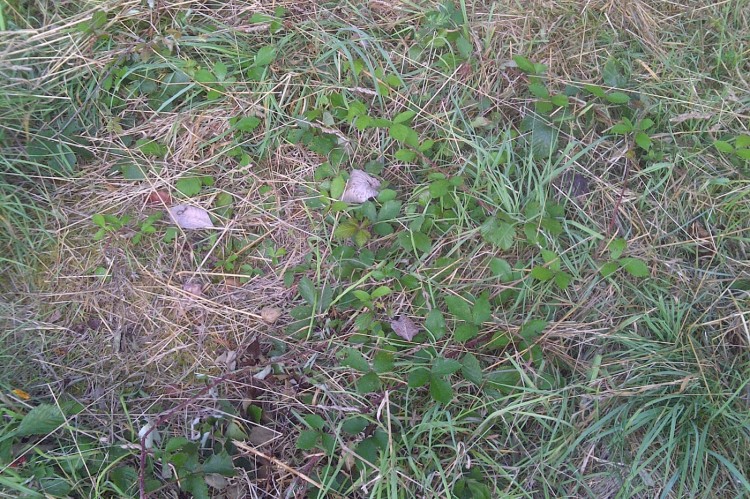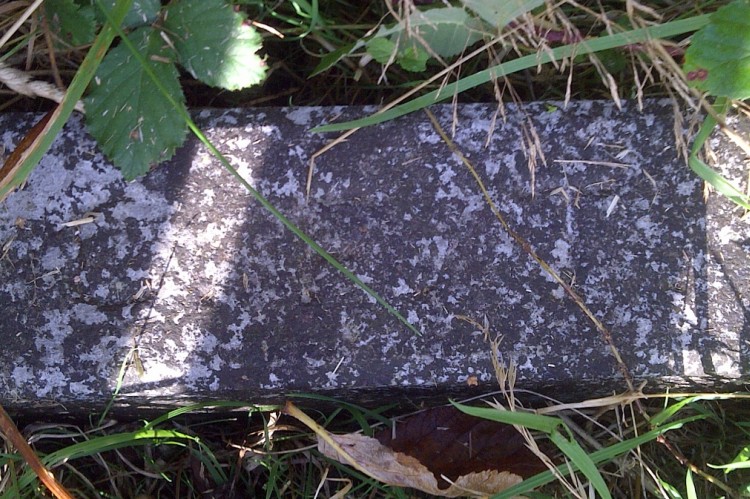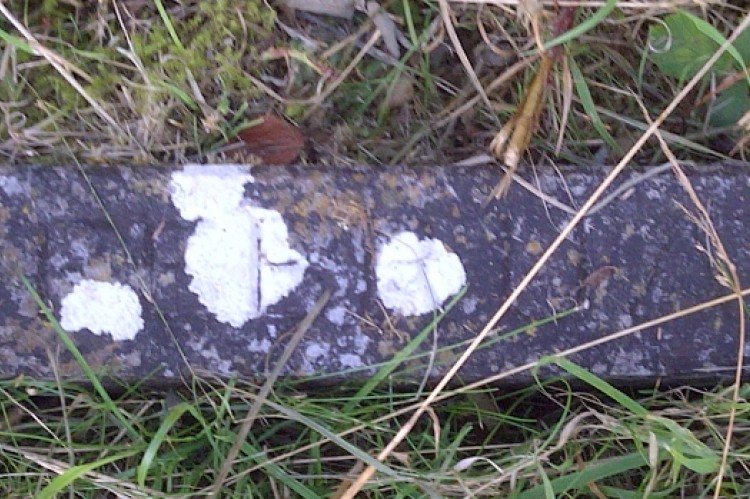CO-CCCF-0002
Death notice of Lieutenant Colonel C.F. Trench, D.S.O., in Irish Examiner, 19 Feb. 1966.
He died at Oakgrove, Killinardrish on 18 Feb. 1966, aged 81. His funeral took place at Coachford on 21 Feb. 1966 (Source: Irish Examiner, 19 Feb. 1966)
Kerbing on the western boundary of this grave bears the initials 'CFT.' Kerbing on the eastern side bears the date 18 February 1966. The initials 'CFT' stand for Charles Frederick Trench, a Colonel in the British Army. (Source: A. Greene).
Charles Frederick Trench, D.S.O., was son of Charles O’Hara Trench of Galway. Like many others, he joined the Indian Army, serving in Fane’s Horse or the 9th Kings Own Lancers. Like General Fitzgerald, he was sent to Europe, in his case to Mesopotamia (modern Iraq, then part of the Ottoman or Turkish Empire). Trench's unit landed at Basra, and was ordered by General Nixon, following consultation with Kitchener, to advance northwards to Kut el Amara and, if successful, to proceed to take Baghdad, as a propaganda coup. General Townshend, who led the expedition, soon captured the poorly fortified Kut, and then treked north through inhospitable desert towards Baghdad, Waiting for them at Ctesiphon was a Turkish army under a German officer von der Goltz and the Turkish general Nureddin Bey, and after a fierce encounter the British forces had to retreat to Kut, where they were surrounded. Trench was sent on horseback through the Turkish lines to advise headquarters of their plight, and for this hazardous journey he was awarded the D.S.O. (Distinguished Service Order). Townsend eventually surrendered his army to the Turks, the greatest British surrender between the disasters of Yorktown and Singapore. Trench, having by his exploits avoided the surrender, subsequently served in France. After the war he married a solicitor’s daughter, Faye Renouf, from a very distinguished Channel Islands family. After her death from cancer, he retired to live in Oakgrove at Carrigadrohid, where, according to local information, he lived with the Patchett family from the 1950s until his death in 1966. (Source: ACR Heritage).









